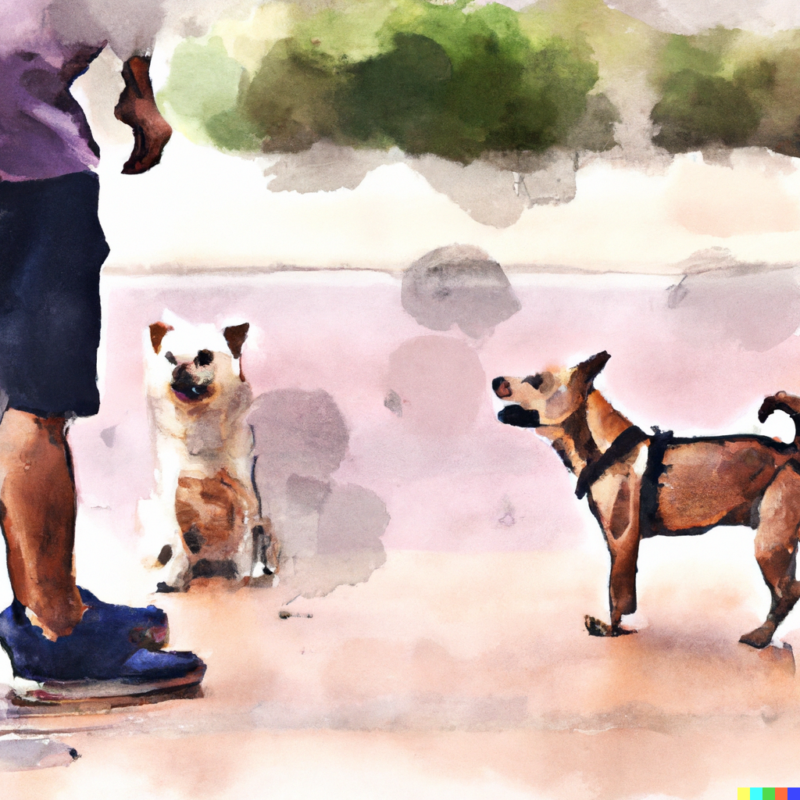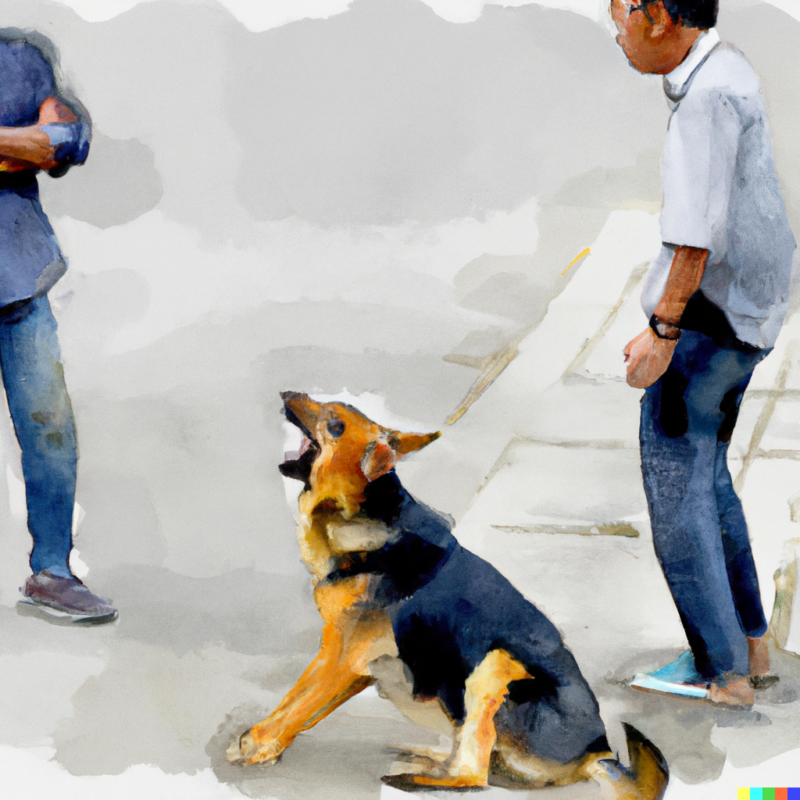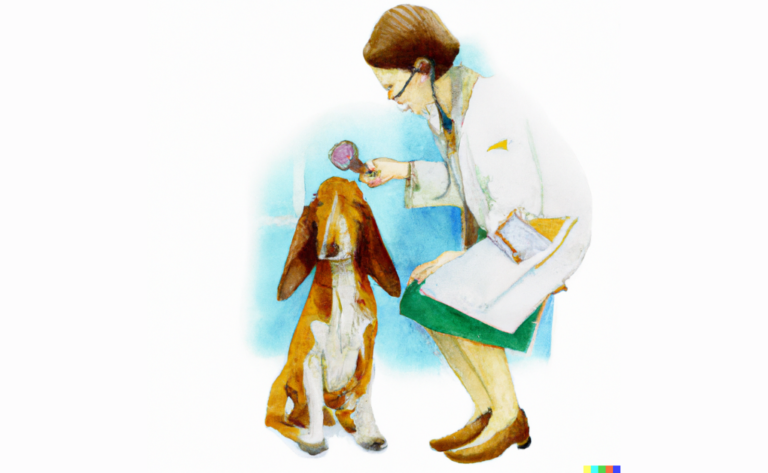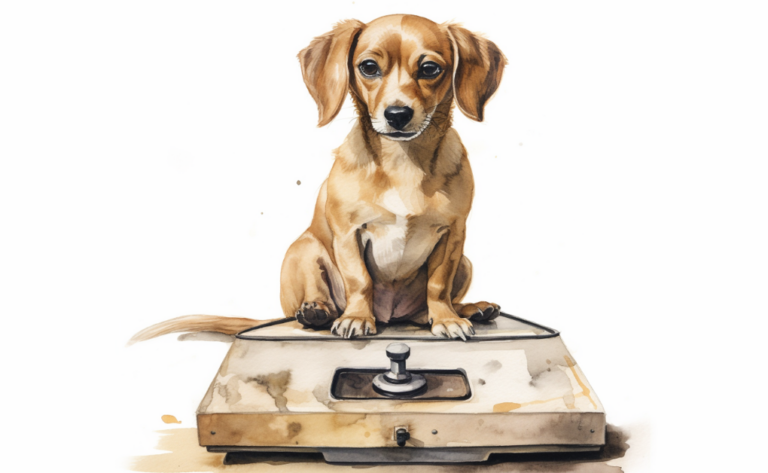10 Tips to Help Stop Dog Barking
Introduction
It was 3 am when Sarah was jolted awake by the incessant barking of her usually well-behaved dog, Max. As the days went by, Max’s barking seemed to get more and more obnoxious, leaving Sarah frustrated and her neighbors on the brink of filing a complaint. Determined to find a solution, Sarah embarked on a quest to understand why Max was barking so much and how she could help him quiet down.
Dogs bark because they feel threatened. They sense danger and try to warn others. The rumble of thunderstorms, howling winds, and driving rain terrify up to 30% of dogs. But barking doesn’t just happen; dogs learn how to stop barking over time.
There are many reasons why dogs bark. Some dogs bark because they are bored, while others bark because they are afraid. Regardless of the reason, most dogs will eventually stop barking if we teach them how to do it correctly. Here are some tips to help you stop your dog from barking.
1. Know the Reason Why Your Dog is Barking
- Territorial barking is usually caused either by fear or aggression. If you notice your dog barking while he’s alone, it could mean he’s afraid of something. Or maybe he’s trying to tell you about some problem he sees outside. In both cases, territorial barking is normal behavior.
- Alarm barking is often associated with separation anxiety. This type of barking is usually seen when dogs are left alone for long periods. They bark because they feel anxious and want someone to come home.
- Attention-seeking barking is usually due to boredom or frustration. Dogs that are bored or frustrated tend to bark excessively. This barking can be very annoying, especially if you don’t know what causes it.
Find Out What Triggers Your Dog’s Barking
If you think your dog is just being noisy, try to find out what might be bothering him. Is there anything happening around his house that makes him nervous? Does he see people walking down the street? Are there strange noises coming from outside? Try to figure out what’s causing his stress and take steps to solve the issue.
Train Your Dog
Once you understand what’s making your dog bark, you can start training him to stop doing it. Start by teaching him to sit quietly when he hears certain sounds. Then teach him to wait patiently for you to come home. Once he learns how to behave appropriately, reward him whenever he stops barking. You can use treats, toys, or playtime.
2. Improve Your Dog’s Behavior and Follow Through

If you want to train your dog to stop barking at people, there are several things you must do. First, make sure you know what causes your dog to bark. Is it because someone walks into his territory? Or does he bark at strangers because he doesn’t like being left alone? If you don’t know why your dog barks, you won’t know how to fix the problem.
Next, you’ll need to figure out where your dog barks most often. For example, does he bark at cars driving down the street? At mailboxes? At neighbors’ dogs? Once you’ve identified the location, you’ll need to work on correcting the behavior.
For example, if your dog barks at mailboxes, you could try putting up signs telling your dog, “No Barking Here!” or “Keep Quiet!” You could also use a spray bottle filled with water and put it near the mailbox. If your dog barks at cars, try playing some music loudly while walking your dog.
Finally, you’ll need to ensure you follow through consistently, reward him when you tell your dog to stop barking and then go inside without rewarding him; he’ll probably keep barking. So you’ll need to make it clear to your dog that stopping is rewarded. Please give him a treat every time he stops barking. And remember, don’t just say “Stop,” make sure he knows you mean business.
3. Stay Calm if You’re Trying to Stop a Dog from Barking
A dog barking is usually a sign that something needs to be done about it. If you are frustrated because your dog barks daily, don’t yell at them. Instead, try one of these tips to stop the barking.
- Do Not Yell at Your Dog.
Yelling at your dog will make things worse, and you might even get bitten. A better way to deal with a barking dog is to ignore it. For example, try walking away slowly while calling out, “Shh!” or “Quiet!”. This will teach your dog that they are being ignored.
- Put Up an Anti-bark Collar.
If your dog keeps barking, consider buying an anti-bark collar. These collars contain a small electric current that shocks your pet whenever it barks. Some say this method works best when used in conjunction with training; however, others claim it does work well alone.
- Get Rid of Loud Music.
Many dogs love music. Unfortunately, some owners use loud music to keep their pets quiet. While this might seem like a good idea, it needs fixing. Loud music makes it difficult for your dog to hear commands, and it could stress your dog out.
4. Remove Barking Triggers
Many dogs bark because they hear noises outside their house, and they might even start barking when you come home. So if you want to keep your dog quiet, it helps to know what causes him to bark. Here are some common reasons why dogs bark.
- BARKING TRIGGERS OUTSIDE OF YOUR HOME
If things outside your home cause your dog to bark, try to find out what those things are. For example, maybe he barks at people walking down the street. Or perhaps he barks at cars driving by. Of course, you don’t want to make your dog afraid of anything, so you’ll want to figure out what triggers his barking.
- STRESSFUL EVENTS IN THE HOUSE
Sometimes, a stressful event inside the house can trigger your dog to bark. For example, he might get excited when you open the door or walk into the room. Instead, you could try to calm him down whenever possible. This way, he won’t feel like he needs to bark to let everyone know where he is.
- OTHER ANIMALS INSIDE THE HOUSE
Your dog might bark when another animal enters the room, and he might bark when he sees a cat or a squirrel. If he does, you can use a spray bottle filled with water to scare away the animals. Just spray the area around the animal, and your dog will usually stop barking.
5. Create a Comfortable Space for Him
A puppy’s crate is one of the essential parts of his life, and he needs it to sleep, eat, and even go potty. But what happens when you bring home a dog who barks incessantly while inside the crate? You might think that you’re doing the best thing for your pup, but there are some things you can do to ensure that your dog doesn’t become stressed out.
The first step is ensuring your puppy gets plenty of exercises and mental stimulation while in the crate. If you give him enough opportunities to run around and explore, he will learn how to relax in his space. Instead, he’ll keep barking. To help your puppy adjust to his new surroundings, try playing games with him while he’s caged up. Give him treats whenever he behaves calmly, quietly, and without jumping up. This way, he’ll associate being in the crate with getting rewarded.
If your puppy still barks in his crate, consider adding another room to your house where he can escape during those times. A separate area will allow him to feel safe and secure while confined to his cage.

You can also desensitize your puppy to his crate by making it a comfortable place for him to spend time. Add blankets, pillows, and toys to the box to make it a cozy spot for your pup. Once he learns that the crate isn’t scary, he’ll feel more relaxed about spending time there.
6. Desensitize Your Dog
Desensitization is a technique used to teach dogs to stop barking. First, a trainer will work with you to determine why your dog barks and what triggers it. Once you understand the problem, you can start desensitizing your dog.
The process involves exposing your dog to situations that make him uncomfortable without reacting.
For example, you might take your dog out into the yard during a thunderstorm. If he starts barking, you ignore him. You repeat this process over and over again until your dog learns that there are no consequences for barking.
You can use desensitization techniques to train your dog to sit still while grooming, walk calmly on a leash, and wait patiently for treats.
7. Teach the “Quiet” Command
A quiet command should be taught in two steps, starting with the bark command. This helps dogs understand what you want them to do. If you teach it correctly, they won’t bark again. You’ll know if you’re doing it right because they’ll start listening to you.
If you don’t teach it correctly, they’ll continue to bark. They might even start barking at people who aren’t there. That’s not good!
Once your dog understands what you mean by saying “Quiet,” you can teach him to respond to other commands. For example, say “Sit” or “Down.” Then, tell him to stay quiet, and when he does, praise him. Repeat this process until he responds to every command.
8. Use Positive Reinforcement
Positive reinforcement is a training method that rewards your dog for behaving well. It works best if you have an understanding of why your dog barks.
You treat your dog when you use positive reinforcement training whenever he stops barking. This works because dogs naturally associate treats with things they like. So when your dog hears you say, “good boy!” after he stops barking, he associates the sound of your voice with the taste of his favorite food. He knows that saying “good boy!” means he should keep quiet.
This technique is especially effective for puppies who have yet to learn to bark. Puppies often learn to bark through negative reinforcement, meaning they’re punished when they bark. But since most puppies aren’t aware of the consequences of barking, they continue to bark until they receive a punishment.
9. Keep Your Dog Busy
Your dog needs lots of mental stimulation to prevent him from barking. First, try giving him something fun to play with inside his crate. Toys such as balls, tug-of-war ropes, and chew bones are great options.
Also, could you try taking your dog outside for walks? Dogs need exercise too. Plus, walking around the neighborhood gives your dog plenty of opportunities to meet new people and explore new places.
10. You Can Try to Seek Professional Help to Stop Your Dog from Barking
Dog barking is one of the most common problems pet owners face. If you’ve ever been woken up by a loud noise coming from outside your home, chances are it was your dog. And while some dogs bark out of boredom or loneliness, others bark because they feel threatened or even want attention.
You can learn a lot about why your dog barks and what you can do to help him calm down. But there’s no substitute for professional help. A good trainer can teach you how to train your dog to stop barking, and they’ll also show you what to do if he continues to bark.
Frequently Asked Questions
Disclaimer: The information provided on this veterinary website is intended for general educational purposes only and should not be considered as a substitute for professional veterinary advice, diagnosis, or treatment. Always consult a licensed veterinarian for any concerns or questions regarding the health and well-being of your pet. This website does not claim to cover every possible situation or provide exhaustive knowledge on the subjects presented. The owners and contributors of this website are not responsible for any harm or loss that may result from the use or misuse of the information provided herein.







